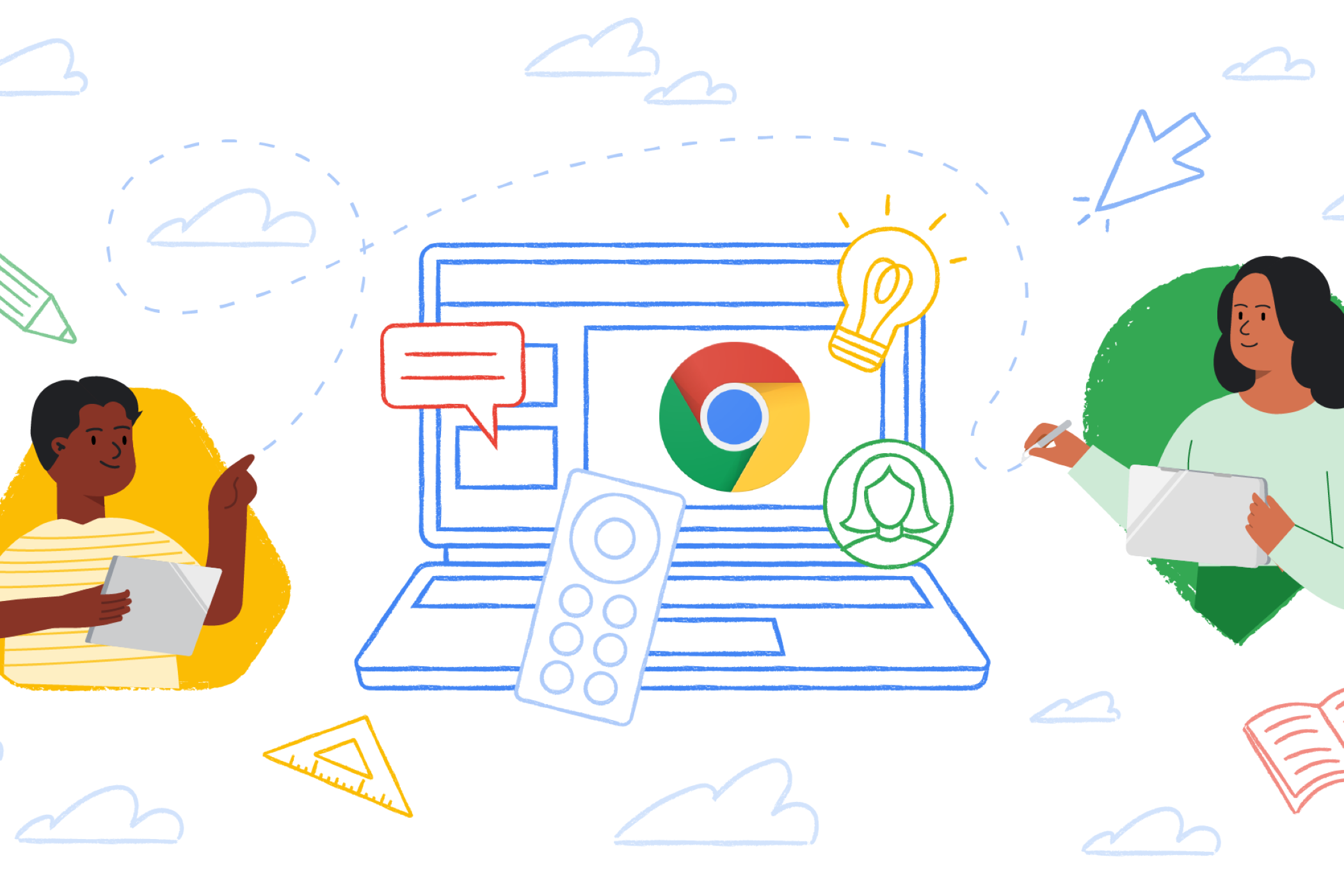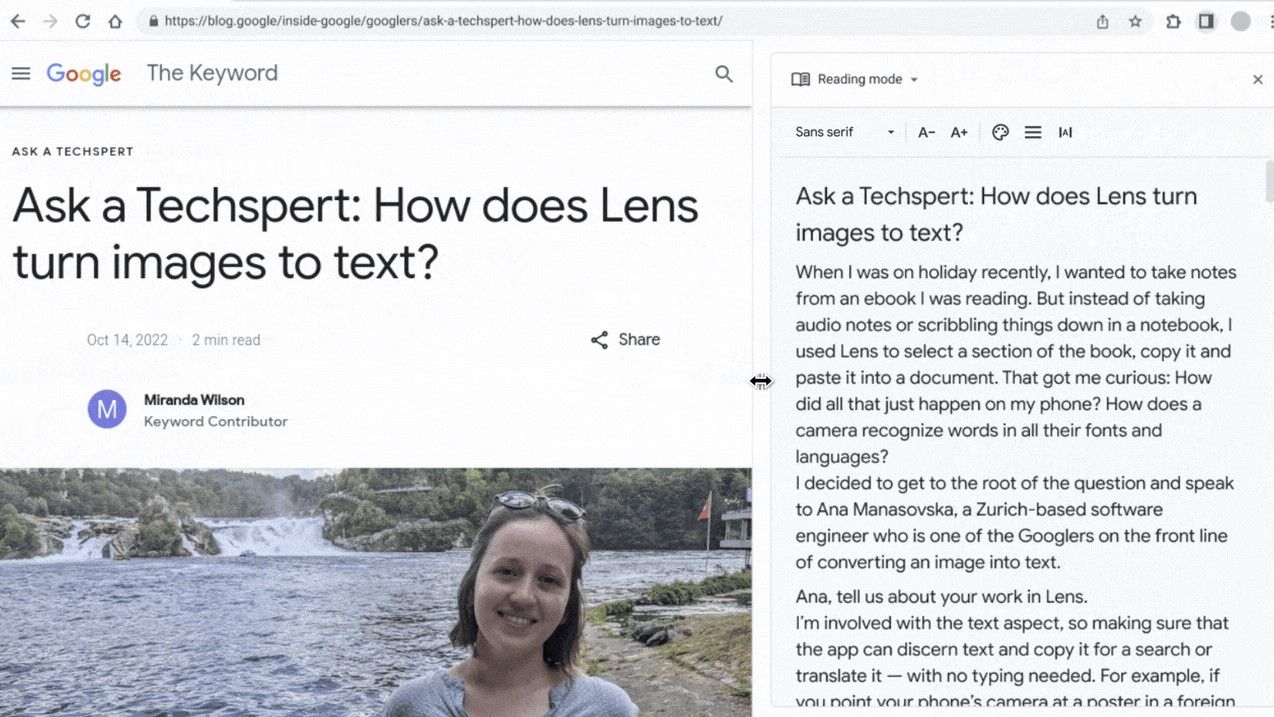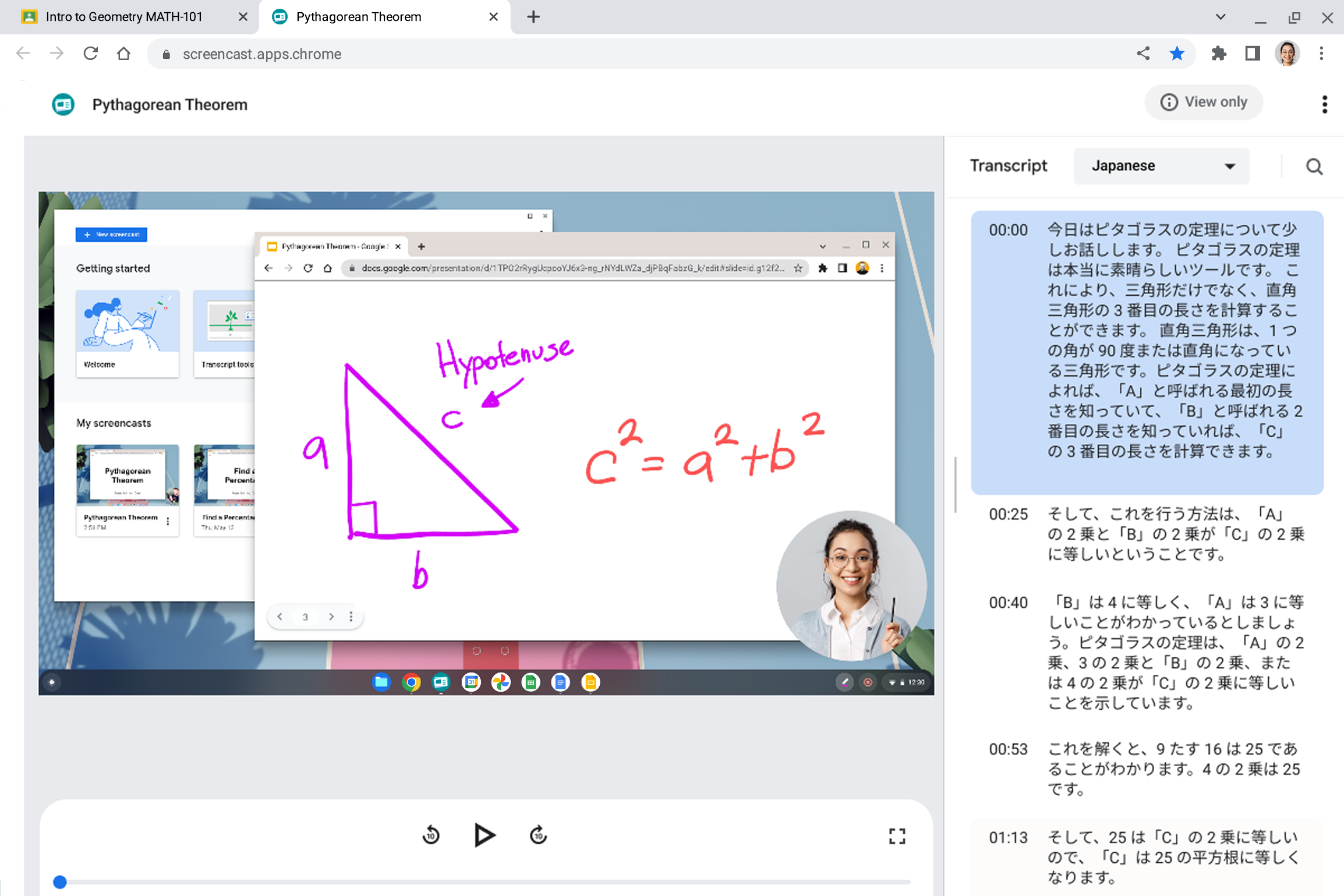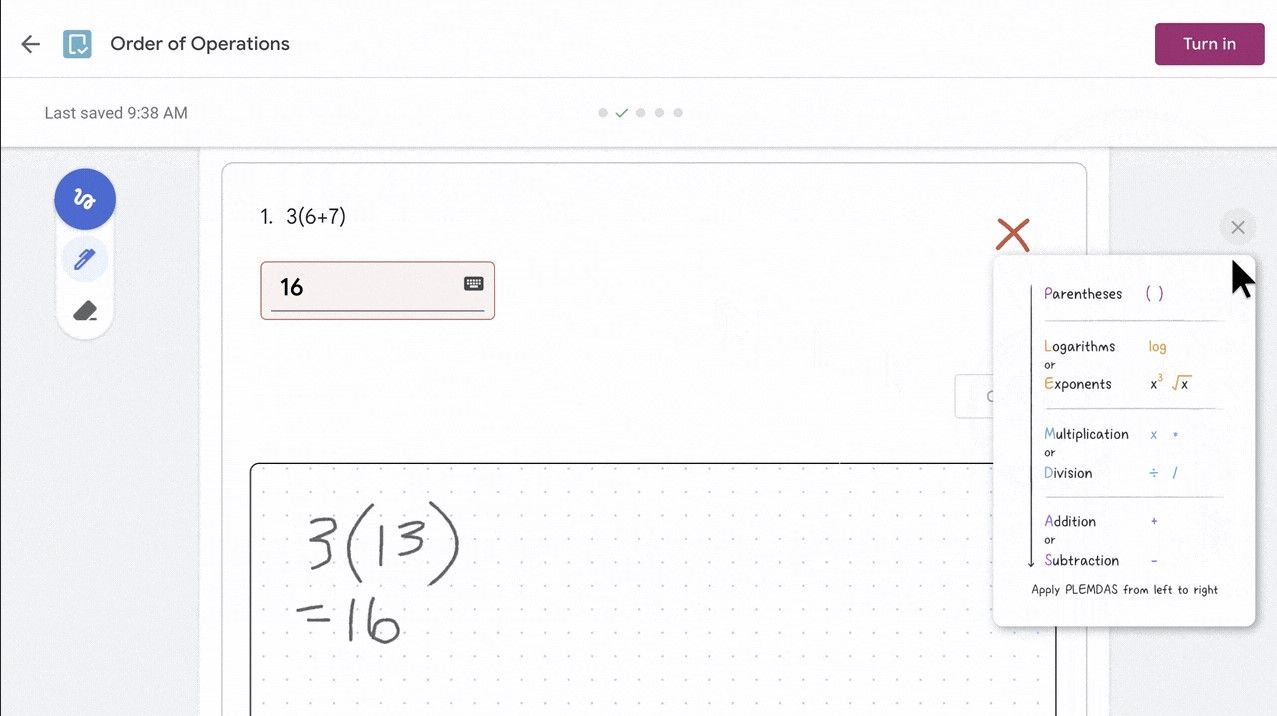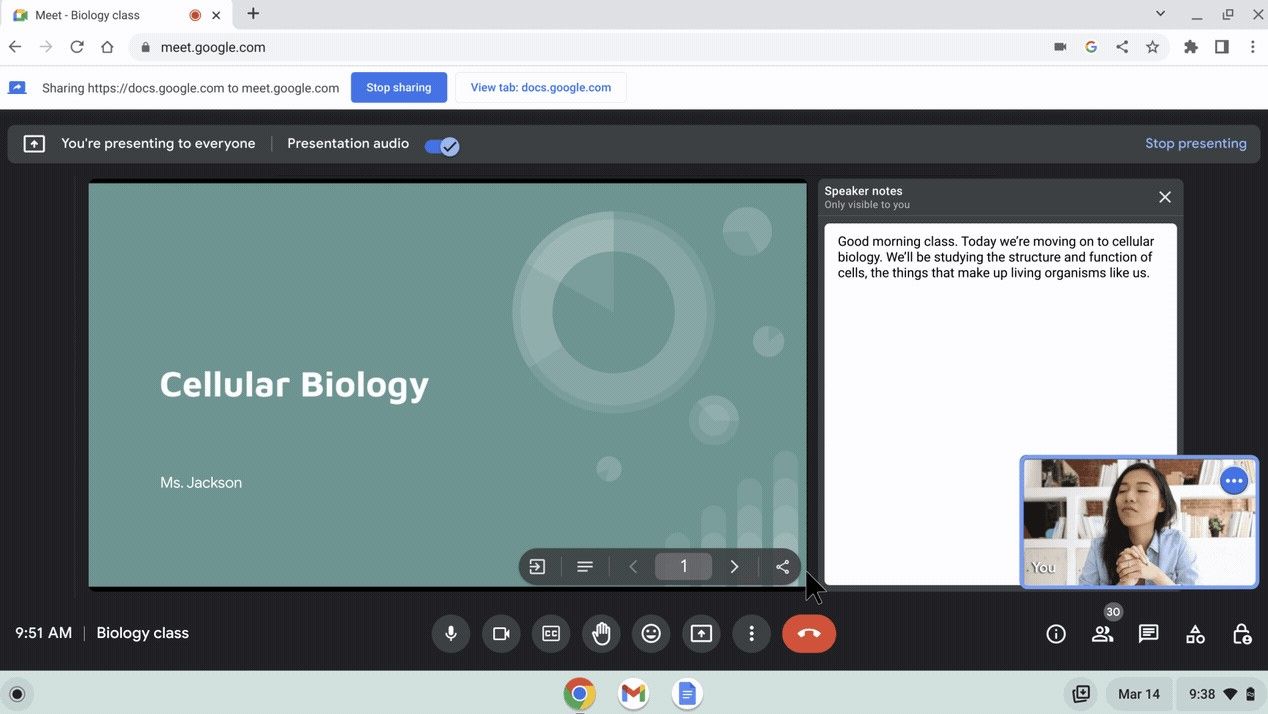At the annual BETT conference, a leading education technology conference and expo, Google announced several enhancements to its services and products. The most noteworthy news is an incoming Reader mode in Chrome and ChromeOS, which should help those with reading challenges better comprehend the web. Also announced were several improvements to Google Classroom, and Google Workspace, which are getting artificial intelligence-powered features that are designed to boost student performance.
New ChromeOS and Google Chrome features
Starting first with ChromeOS and Google Chrome news, there's the all-important reader mode. This feature is designed for students and anyone who has language-based learning disabilities like dyslexia. With it, you'll be able to pull up a reader view in the side panel in Google Chrome and remove elements on the screen that hinder reading efforts like images and videos. The feature will also allow for customizing settings like typefaces and font size or spacing, and even background color. This is coming in ChromeOS 114, and Chrome version 114, which is still a few months out.
Also coming in ChromeOS 112 in April are some tweaks to Screencast, which is used by lecturers and students to record lessons and a Chromebook screen. It's now becoming more personal, expanding recording and transcriptions to new languages like Spanish, Japanese, Swedish, and Italian. There's also a web player that's coming to help watch screencasts on other non-ChromeOS devices. Google is even adding demo tools, so clicks of a mouse, keyboard presses, and taps on the screen can be animated.
Capping out the list of features for ChromeOS are two things. There are new privacy controls coming to cast moderator which is the tool to let students share their screen to a display. Coming later this year is the ability to pause the screen being casted, and the ability tor teachers to switch to which tab is being shown without ending a session. Also new are custom tools for ChromeOS admins like group-based policy management to configure apps and extension permissions in Google Admin Console.
And for hardware? Well, Google says they're releasing 13 new Chromebooks for the education market. These Chromebooks are now listed in the device selector and include products like the Dell Latitude 5430, Acer Chromebook Vero 512, and even the Asus Chromebook CR11 Flip. Battery life and features like stylus are at the top of features with these Chromebooks.
New Google Classroom and Google Workspace for Education features
Across Google Classroom, there are several new features that Google is adding. There's no specific release date, though, and Google mentioned that they will be rolling out "in the coming weeks." The biggest is tweaks to Practice sets, which will use AI, so teachers can transform the content they're working on into more interactive assignments with personalized support. As an example, suggestions for skills to focus on in a specific session will appear, to help the student receive hints. Google says Practice Sets will also use AI to generate insights to help educators identify gaps in content across student levels to better tailor lesson approaches.
Another big feature, educators will be able to add interactive questions to YouTube videos and assign that to students within Google Classroom. And, also organize assignments across different grading periods.
On Workspace specifically, there's a set of features for Docs, Slides, and Meet. On Docs, educators will get custom building blocks and templates for frequently created content like lesson plans. Also coming are timer and stopwatch clips for class activities, and voting chips, too. With Slides, meanwhile, presenters will see speaking notes when presenting and will be able to manage slides with a co-presenter.
Finally, with Meet, you'll be able to add captions to Meet recordings. Google is even working on an AI-powered Hand-Raise feature so that when you physically raise your hand, Meet will raise the Hand Raise icon in the meeting for you. This will be available in the coming months.
Google hopes all these features will boost collaboration and accessibility in the classroom. That's on top of making learning more personal.

